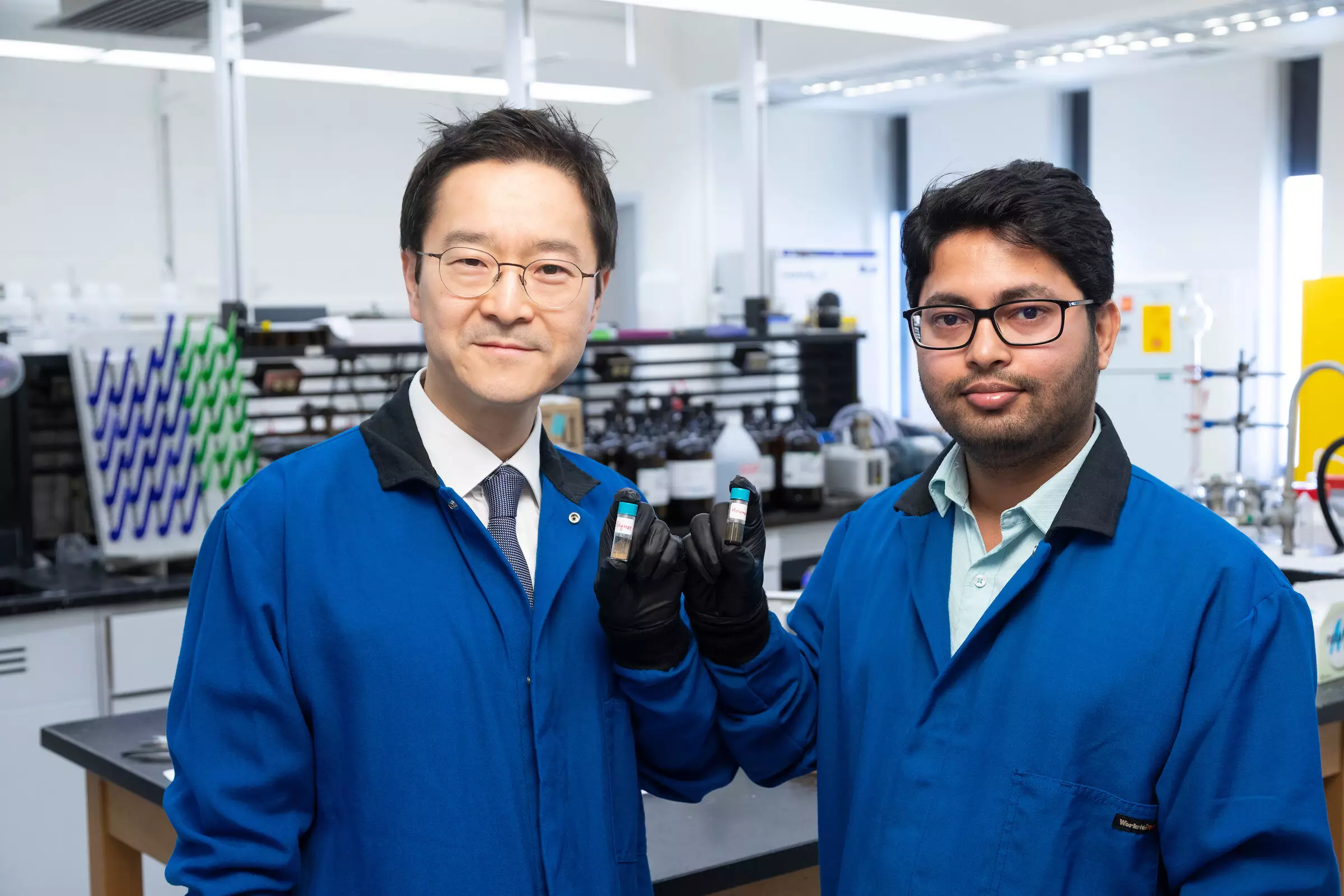In the fight against climate change and rising carbon dioxide levels, researchers at the FAMU-FSU College of Engineering have unveiled a novel material that demonstrates significant potential for capturing and releasing CO2 effectively. Utilizing lignin—a natural polymer abundant in plants and a key component of wood—this innovative biomass-based material offers an eco-friendly alternative to traditional methods of carbon capture. As part of their research published in the journal Advanced Materials, the team highlights the material’s ability to absorb and release carbon dioxide at ambient conditions, eliminating the need for high pressures or extreme temperatures typically associated with existing technologies.
Lignin is often regarded as a waste product from the wood processing industry, yet its unique properties make it a valuable resource in creating sustainable materials. The team’s previous work focused on developing a lignin-based polymer that could serve as an alternative to petroleum-derived plastics. By building on that foundation, researchers have successfully created a material capable of capturing CO2 from both concentrated sources and the natural environment, demonstrating the versatility of lignin in material science.
The significance of lignin lies not only in its abundance and low cost but also in its eco-friendly profile, contributing to a shift toward more sustainable materials in the realm of carbon management. This could ultimately pave the way for broader applications and utilization of lignin, which is often overlooked in favor of more traditional resources.
The research team was particularly intrigued by the efficiency of their newly developed material. They discovered that just one gram of the material could capture up to 47 milligrams of CO2 from a concentrated source and 26 milligrams from the ambient atmosphere. What sets this material apart is its capacity to release the absorbed gas without requiring significant energy inputs. With a release temperature around 60 degrees Celsius, the material responds well to relatively low thermal adjustments, enabling a straightforward recycling procedure for captured carbon.
The revelation of the CO2 release mechanism, observed through nuclear magnetic resonance spectroscopy, highlighted the formation of bubbles when the sample was heated. This unexpected result alerted researchers to the underlying reactions at play, leading them to further investigate how thermal control could dictate CO2 release. The ability to tune the temperature as needed for various applications enhances the material’s practicality and versatility.
As climate concerns intensify globally, developing effective technology for carbon capture and storage is critical. The advancements made through this research could lead to significant reductions in atmospheric CO2 levels, especially when implemented on a larger scale. The capacity to store CO2 temporarily could allow for its later use in industries ranging from manufacturing to agriculture, transforming what is often considered a pollutant into a resource.
Moreover, the potential for reusing and recycling this biomaterial not only showcases its sustainability but also resonates with the growing movement toward a circular economy. This approach emphasizes minimizing waste through maximum resource efficiency, aligning perfectly with the attributes of the lignin-based material.
The innovative work conducted by the research team at the FAMU-FSU College of Engineering stands as a promising development in the realm of carbon capture technologies. As demonstrated, the ability to capture, release, and recycle CO2 with a biomass-based material opens new pathways for sustainable environmental practices. Vociferous advocates for both carbon neutrality and sustainable resource management will undoubtedly watch the progression of this research closely.
Future studies may delve deeper into optimizing the material’s performance in diverse environments and applications, potentially leading to commercial solutions that address one of the most pressing challenges of our time: climate change. In utilizing readily available materials like lignin, researchers not only provide effective carbon management solutions but also move toward a more sustainable future.


Leave a Reply